The Odysseus spacecraft sent back two photos of the lunar surface before ending its mission a few days earlier than planned.
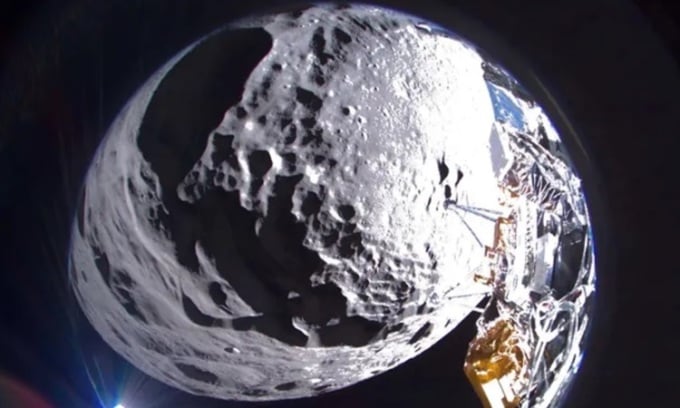
Wide-angle photo of the Moon's surface taken by the camera on the Odysseus spacecraft. Photo: Intuitive Machines
On February 26, Intuitive Machines announced on social media that the Odysseus spacecraft was still communicating with the ground control team despite tipping over after landing on the Moon. The Odysseus spacecraft also sent back two photos from the Moon, one taken as the spacecraft approached the landing site called Malapert A, and the other was the first close-up image of the lunar surface, according to Space .
NASA's Lunar Reconnaissance spacecraft, which has been scanning the moon from orbit since 2009, took this image of Odysseus at an altitude of 90 kilometers (56 miles). Images from the Lunar Reconnaissance camera confirmed that Odysseus completed its landing at 80.13 degrees south latitude and 1.44 degrees east longitude at an altitude of 2,579 meters (8,579 feet). After flying more than 965.606 kilometers (600,000 miles), Odysseus landed 1.5 kilometers (900 miles) from the Malapert A target, according to Intuitive Machines. The mission team determined that Odysseus slipped and fell to one side, crushing a rock, causing some of the vehicle's antennas to point in the wrong direction. Based on the positions of the Earth and the moon, Intuitive Machines calculated that mission controllers could continue to communicate with Odysseus until the morning of February 27, many days earlier than the original estimate of nine days.
“We have several antennas pointed at the lunar surface and those antennas cannot transmit data back to Earth. That is a real limitation. Our ability to communicate and collect relevant data is reduced,” said Steve Altemus, CEO of Intuitive Machines.
NASA placed seven payloads on Odysseus, including a camera array designed to study how lunar dust moves as the spacecraft lands. Even if the spacecraft is tipped on its side, the camera array will be able to collect data until the moon's night this weekend.
Odysseus launched on a SpaceX Falcon 9 rocket from NASA's Kennedy Space Center in Cape Canaveral, Florida, on February 15 and entered lunar orbit on February 21. The spacecraft circled the moon before slowing down for a landing with several engine fires. The lander touched down near the Malapert A crater at the moon's south pole, a region long of interest to researchers because of the presence of water ice, which could one day be split into hydrogen and oxygen for use as rocket fuel, according to NASA.
The Odysseus mission is part of NASA's Commercial Lunar Payload Services program, which is helping spur the development of private landers. NASA contracts with companies to deliver cargo and scientific equipment to the Moon. Before Odysseus, the last five attempts to land on the Moon all failed, including last month's private Peregrine mission.
An Khang (According to Space/Live Science )
Source link







![[Photo] Hanoi morning of October 1: Prolonged flooding, people wade to work](https://vphoto.vietnam.vn/thumb/1200x675/vietnam/resource/IMAGE/2025/10/1/189be28938e3493fa26b2938efa2059e)


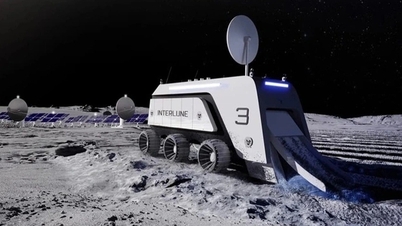


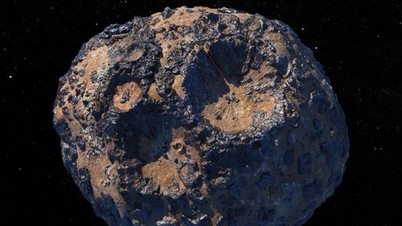

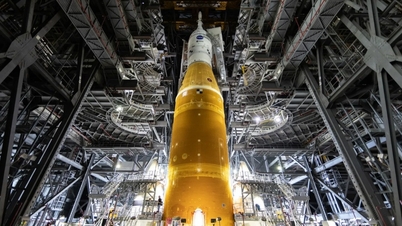
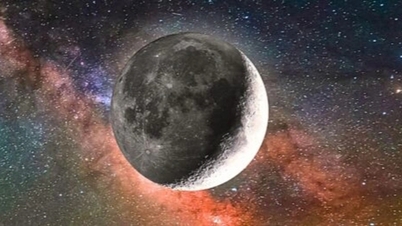
![[Video] Warning of high-tech criminals appropriating assets from cyber security incidents at CIC](https://vphoto.vietnam.vn/thumb/402x226/vietnam/resource/IMAGE/2025/10/1/9e967e621dc240bfbb70e926d503a177)





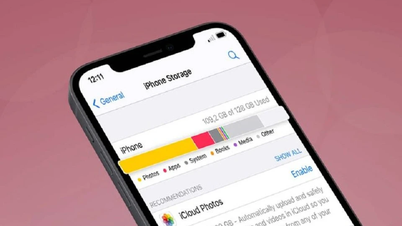


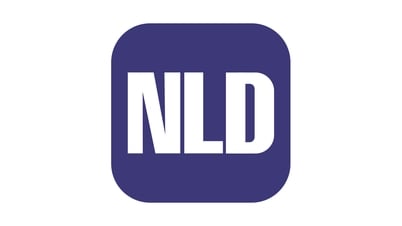











![[Photo] Panorama of the cable-stayed bridge, the final bottleneck of the Ben Luc-Long Thanh expressway](https://vphoto.vietnam.vn/thumb/1200x675/vietnam/resource/IMAGE/2025/9/30/391fdf21025541d6b2f092e49a17243f)
![[Photo] The 1st Congress of Phu Tho Provincial Party Committee, term 2025-2030](https://vphoto.vietnam.vn/thumb/1200x675/vietnam/resource/IMAGE/2025/9/30/1507da06216649bba8a1ce6251816820)
![[Photo] President Luong Cuong receives President of the Cuban National Assembly Esteban Lazo Hernandez](https://vphoto.vietnam.vn/thumb/1200x675/vietnam/resource/IMAGE/2025/9/30/4d38932911c24f6ea1936252bd5427fa)


















































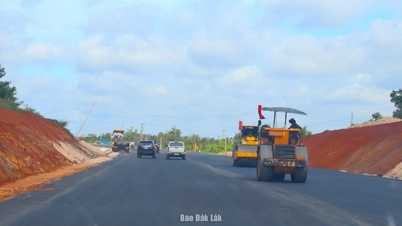













Comment (0)